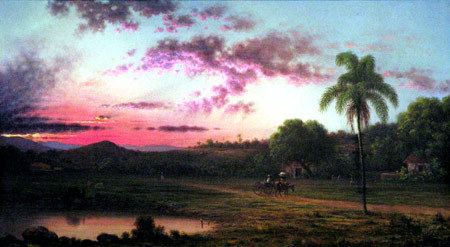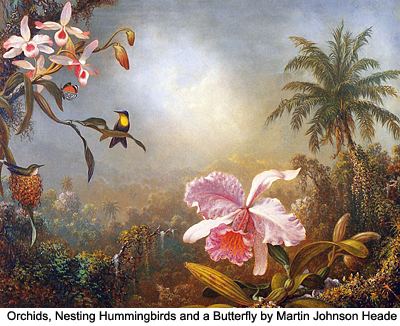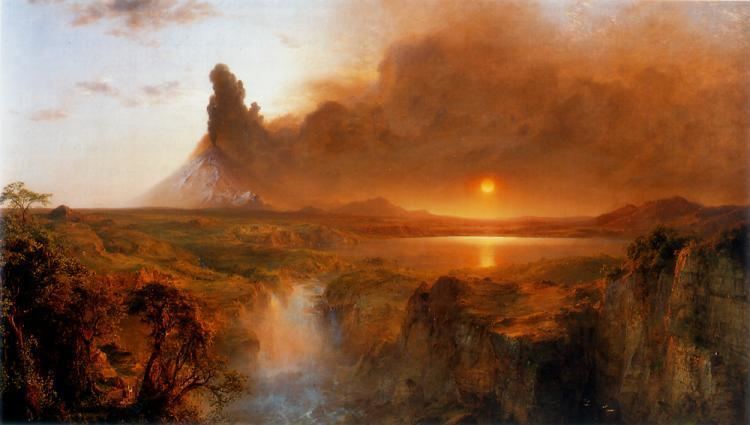 | ||
Luminism is an American landscape painting style of the 1850s – 1870s, characterized by effects of light in landscapes, through using aerial perspective, and concealing visible brushstrokes. Luminist landscapes emphasize tranquility, and often depict calm, reflective water and a soft, hazy sky.
Contents

The term luminism was introduced by mid-20th-century art historians to describe a 19th-century American painting style that developed as an offshoot of the Hudson River school. The artists who painted in this style did not refer to their own work as "luminism", nor did they articulate any common painting philosophy outside of the guiding principles of the Hudson River school. Many art historians find the term 'luminism' problematic. J. Gray Sweeney argues that “the origins of luminism as an art-historical term were deeply entwined with the interests of elite collectors, prominent art dealers, influential curators, art historians, and constructions of national identity during the Cold War.” Building on Sweeney's work, Alan Wallach has called for a wholesale rethinking of 'luminism' as a historical phenomenon.
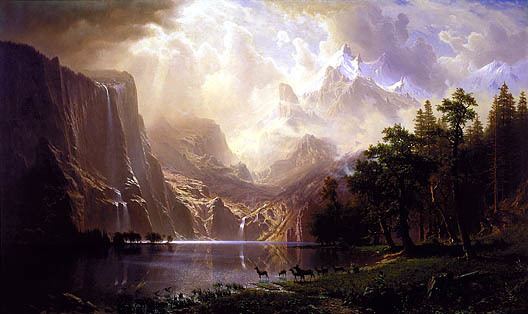
Luminism shares an emphasis on the effects of light with impressionism. However, the two styles are markedly different. Luminism is characterized by attention to detail and the hiding of brushstrokes, while impressionism is characterized by lack of detail and an emphasis on brushstrokes. Luminism preceded impressionism, and the artists who painted in a luminist style were in no way influenced by impressionism.

Luminism has also been considereded to represent a contemplative perception of nature. According to Earl E. Powell, this would be particularly visible in paintings by John Frederick Kensett, who shifted the visual concern for landscape to an interest in quietism, making pictures of mood that depict a poetic experience of nature. Furthermore, his painting Shrewsbury River would "reduce nature to cryptographic essentials of composition...while rarified veils of light, color, and atmosphere reflected in water offer an experience of silence", a description akin to Sublime philosophy. Similarly, Martin Johnson Heade’s painting Thunder Storm on Narragansett Bay would represent the greatness of nature and a feeling of the sublime arising from an intimate engagement with nature.
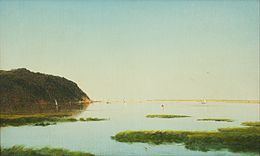
Contemporary luminism
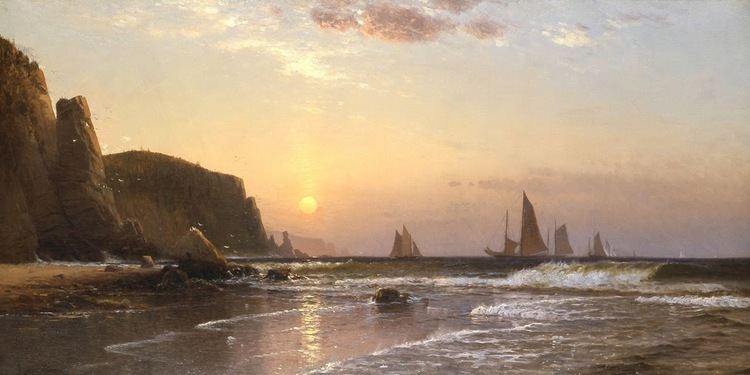
Ingredients of luminism -such as majestic skyes, calm waters, rarefied light, and other representations of magnificence- have been also appreciated in contemporary American painting. Such a trend is visible in artists like James Doolin, April Gornik. Norman Lundin, Scott Cameron, Steven DaLuz, and Pauline Ziegen. The term neoluminism has been suggested in reference to contemporary American luminism.
Leading American luminists
